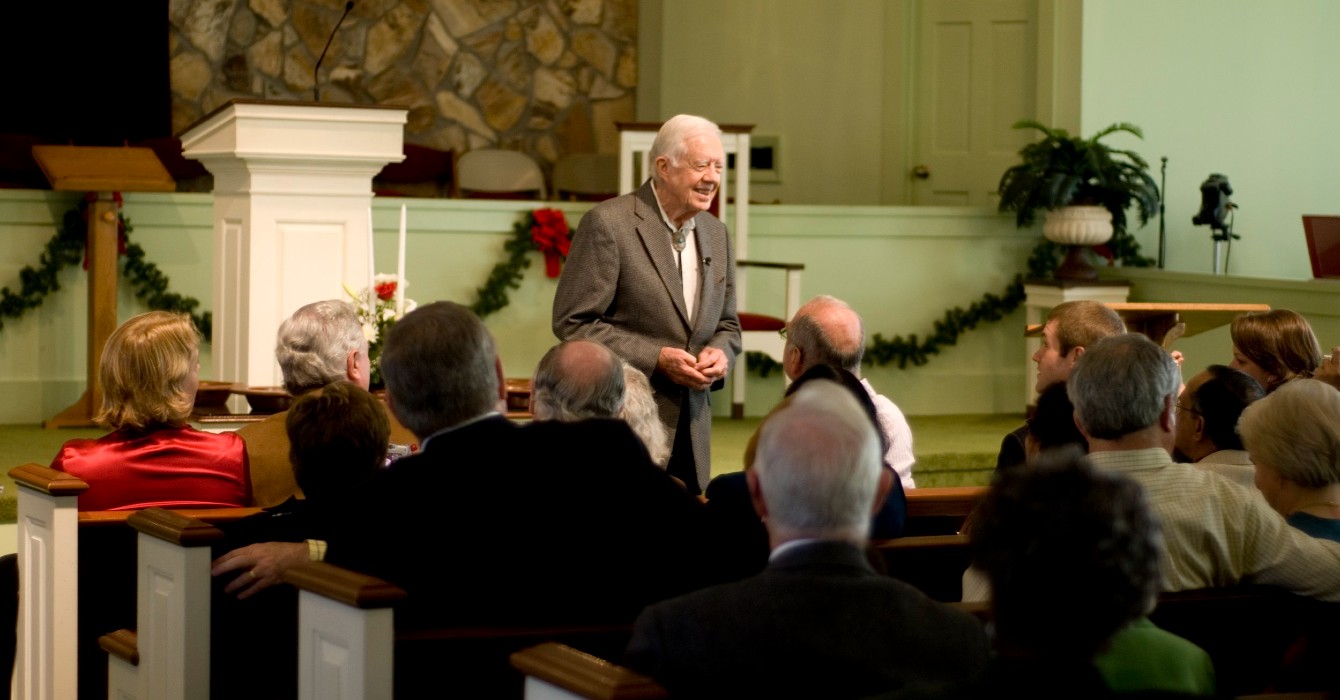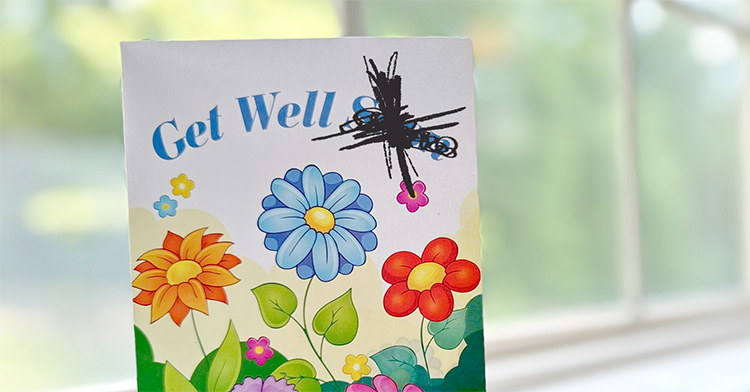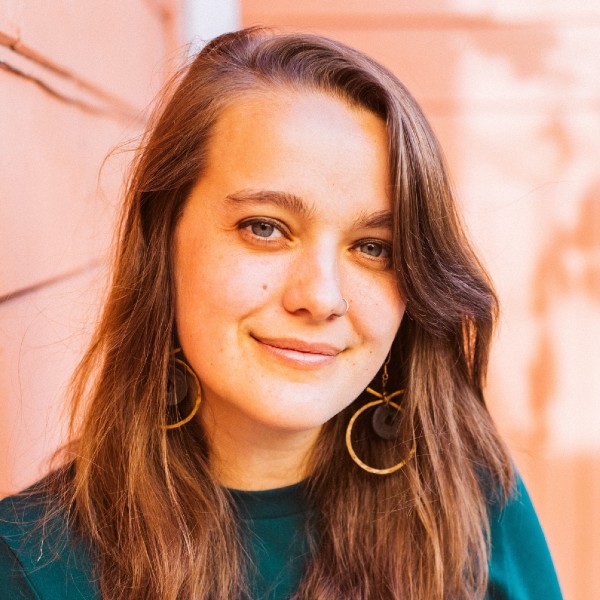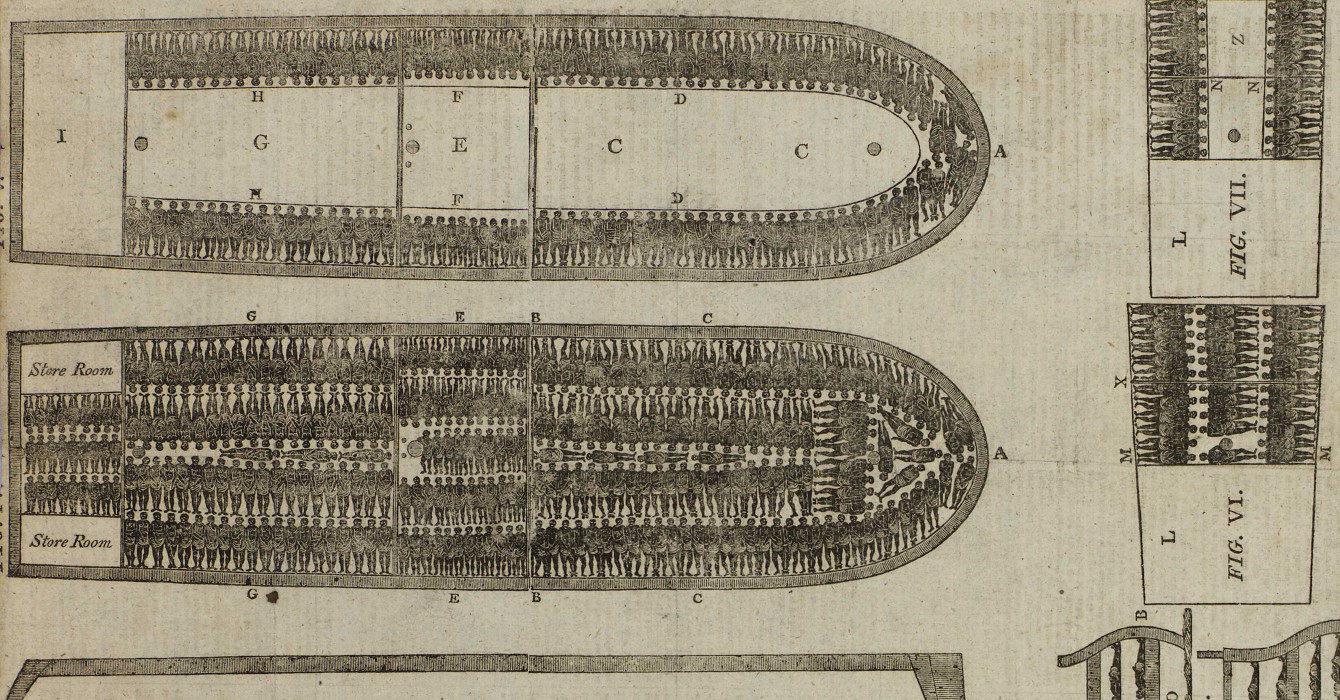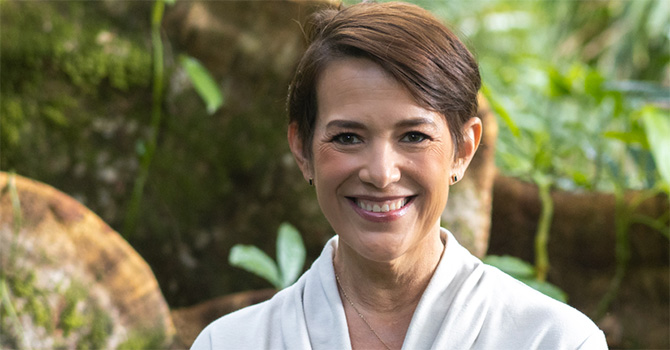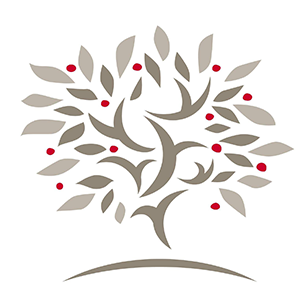In the early 2000s, Kristen Filipic had become well-established as an attorney in Boston, earning more money than ever before. But she’d started to notice a disconnect in her life.
Despite being an active churchgoer, she was receiving no moral guidance on what to do with her dollars beyond giving a portion to the church.
“I wanted so much to be responsible, … using this [income] well, and I couldn’t talk about it with anybody, because in our culture, we just don’t do that,” Filipic said.
That changed in 2013 when a friend invited her to join an economic discipleship group based on a curriculum called Lazarus at the Gate. The eight-week program challenged participants to examine and discuss their personal budgets, be mindful of abundance and needs, give up something nonessential, and give away the new savings together.
How could your congregation address “taboo” topics like finances?
For Filipic, cutting cable TV generated a $70-per-month savings. The initial two-month sum went to support a group gift of more than $1,000 for water infrastructure improvements in the developing world. Six years later, still forgoing cable, she puts the savings toward a tithe that includes both church and nonchurch causes.
“There is a lot of freedom in just having avenues where we can talk about such things,” Filipic said.
Broadening the conversation
Lazarus at the Gate is a signature program of the Boston Faith & Justice Network, a 13-year-old parachurch organization that equips individuals to put biblical values into practice. Launched independently in the mid-2000s, the Lazarus program convenes small groups to explore personal economic discipleship. Soon thereafter, BFJN developed Lazarus to expand the program throughout Greater Boston and make its curriculum available as a free open-source file.
For several years, BFJN also convened public discussion events to raise awareness of economic justice issues such as underpaid workers and unsafe conditions in agriculture, textiles and other industries. It played a key role in making Boston a recognized Fair Trade city, committed to fair trade policies and practices that seek equity and create opportunities for workers at risk of exploitation.

More recently, BFJN has been refining its focus on equipping disciples by helping them walk the talk of faith in their use of personal assets. With respect to finances, the Lazarus curriculum continues to be available to all as a free electronic resource, with 320 downloads since updates were added in October 2018.
But in today’s culture, concepts of economic discipleship are expanding to include other types of assets at people’s disposal. To help bring individuals’ use of time and energy into sync with their Christian values, BFJN’s new Micah Six:Eight program provides a framework for making volunteering a way of life.

BFJN among 2019 winners
Leadership Education at Duke Divinity recognizes institutions that act creatively in the face of challenges while remaining faithful to their mission and convictions. Winners receive $10,000 to continue their work.
The program draws on the concise imperative of its namesake verse: “And what does the Lord require of you? To act justly and to love mercy and to walk humbly with your God” (Micah 6:8 NIV). Paying $150 each, participants come together for a weekend of daylong events at sites in need of help in the Greater Boston region. At each location, they work alongside the project’s beneficiaries and then engage in facilitated theological reflection to reinforce new habits of service.
“We bring people to serve, and then we provide some context around what’s happening with these issues,” said Elizabeth Grady-Harper, BFJN’s executive director. “It’s not just the triage piece. It’s also understanding the broader perspective, such as, ‘What is homelessness in this country?’ ‘What does homelessness look like in Massachusetts?’ ‘What is trafficking?’”
Within this economic discipleship niche, BFJN tackles areas of life that can be awkward for congregational leaders to engage alone but transformational when pursued systematically by a third party in an invitingly packaged format.
Do you help your constituents understand broader issues, or do you focus on providing service opportunities? How might doing both have a greater impact on systemic challenges?
Though rooted in progressive evangelicalism, BFJN’s offerings appeal across the Christian spectrum, because they build on a shared conviction about abundance and gratitude. God’s blessings have been abundant, BFJN teaches, and ought to be leveraged in a spirit of generous gratefulness to benefit neighbors who are also children of God.
“The driving force behind the study of economics is scarcity,” said Christa Lee-Chuvala, an assistant professor of social sector leadership at Eastern University and former co-director of BFJN. “BFJN’s mentality, and the mentality going into Lazarus and Micah, is abundance. And that’s actually the mentality of Christianity, this promise of abundance. … God is calling us to be abundance for other people.”

Reimagining the work
BFJN was born in Boston after a nationwide call for action in 2006 by Sojourners/Call to Renewal, a progressive evangelical organization based in Washington, D.C. The Lazarus program’s push for economic discipleship needed a local container to build momentum, and BFJN evolved to provide that role.
To maximize the program’s impact, BFJN has relied on a donor-based model, appealing to grant makers with a heart for social justice to help disseminate the Lazarus curriculum widely and facilitate access to public education events. Yet even with a one-person staff and a lean $60,000 annual budget, BFJN is aware that it can’t survive indefinitely on donations alone. Revenue from the new Micah Six:Eight program is beginning to help defray the organization’s overhead expenses.
How can you imagine new streams of revenue for your organization?
With the model becoming more sustainable, BFJN is positioning itself for longevity as a partner to faith groups in the region and beyond. A peek inside its primary programs shows how they’re nudging participants beyond comfort zones in ways that congregational leaders might find difficult to pull off. In intensive settings coordinated by BFJN, people of faith are making mental connections that have immediate pragmatic implications for their wallets and calendars.

Kathy Laflash of suburban Hopkinton, Massachusetts, grew up Roman Catholic and now attends a nondenominational evangelical church. Her personal convictions are woven into her professional life as a public utility clerical worker and a labor movement leader. The 300 Eversource Energy employees who belong to the United Steelworkers Local Union 12004 look to her -- as their president -- to provide direction and advocacy on their behalf.
But it wasn’t until Laflash engaged in BFJN programming that she started to connect the dots between faith and work. Taking part in a Lazarus program with her husband, she said, led the couple to talk as they never had before about where their money goes and what types of enterprises it supports. As her eyes were opened to modern-day slavery, human trafficking and other exploitative situations around the world, Laflash came to see her labor movement work as part of something bigger than union brotherhood.
“Something we do every day -- buying chocolate, buying coffee -- affects people on the other side of the world because of labor, exploitation, and just really bad circumstances that a lot of people are in,” she said. “That understanding was just a huge eye-opener into who I am in the labor movement. … To see it in a scriptural way kind of tied a lot of pieces together into who I am in my paying job and who the Lord has given me a heart to be.”
Lazarus groups seem to be most popular with young adults, Grady-Harper said. Millennials tend to welcome opportunities to learn which industries and companies are pursuing fair policies and practices and then examine how their own spending habits could be more intentional and less wasteful, at least in certain areas.
As participants make lifestyle changes and pool savings for one or more charitable causes, they become excited to see the dollars accrue over the program’s eight weeks. One group raised about $40,000. Another raised $3,000, which was enough to pay a year’s salary for an outreach worker to victims of human trafficking in Thailand.
Giving away the money can be exhilarating, but getting to that point can be a bit nerve-wracking. Lee-Chuvala said her first Lazarus group agreed to be wholly transparent in budgeting, all sharing how much they earned and how much they spent in each category. That level of sharing is radically countercultural and even taboo in America, she noted, and people feel vulnerable in the process. But it can bring rewards.
How could you use “radically countercultural” measures to bring your organization together?
“It’s terrifying, but there is something really liberating about creating that space to be that vulnerable,” she said. “It points to the need for community in discipleship and in spiritual discipline. … What you’re asked to do in Lazarus is to come back each week with a small change that you’ve made and how it’s gone. Everybody is on the same page.”
Confronting discomfort
The Micah Six:Eight program also pushes participants to go, physically and emotionally, to places where they aren’t at first comfortable.
Laflash recalled going to Boston’s common cathedral, an outreach project in which homeless individuals share their stories, worship outdoors and help volunteers distribute basic forms of assistance such as a hot breakfast and warm, dry clothing.
Uneasy at first, Laflash gradually got to know a few of the participants, including a man who was writing a book to draw attention to homeless conditions. Now, she said, she is no longer afraid to pass homeless people on the sidewalk.
“I used to walk by and just not want to make eye contact,” she said. “Now I look at them. I talk to them. I offer to pray for them. I’ll give them something. I don’t give them money, but I give them something tangible.”
How could you confront some of your own biases?
Host sites also notice how BFJN enhances volunteering. In Malden, Massachusetts, the Salvation Army Corps Community Center hasn’t always been able to find reliable volunteers who show respect for the church, according to Captain Debora Coolidge.
But volunteers were needed to clear an overgrown area so that kids could play there. One weekend last year, the Micah Six:Eight program sent a team of 30 to worship with the beneficiaries at the Salvation Army and then work alongside the congregants, including a 9-year-old girl named Ryleigh who wanted to help create the play space.
What Coolidge noticed was how volunteers didn’t just do the work and scatter. They circled up afterward to debrief in a way she’d not seen other volunteer groups do.
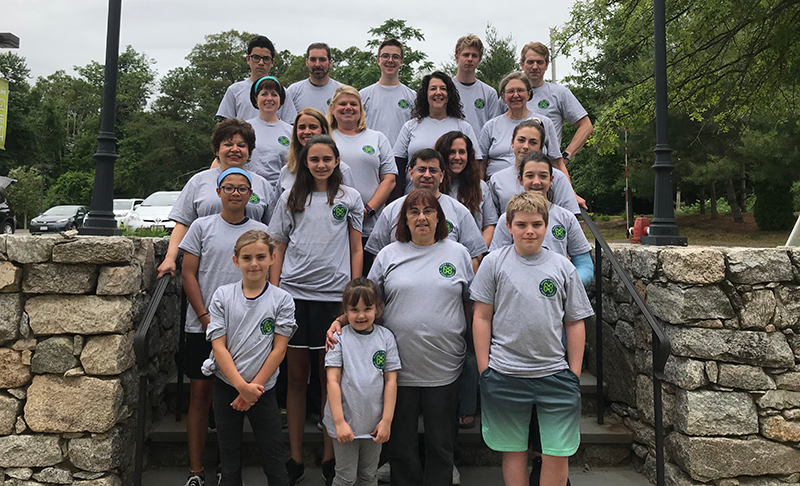
“I’d never seen a group come out [to our site] and be trained,” Coolidge said. “They broke that verse [Micah 6:8] down: ‘What does mercy mean? What does justice mean? What does humility mean? And how did you show these things in what you provided today?’ You could see lightbulbs go on in their heads as they talked about it.”
BFJN is continuing to evolve. Micah Six:Eight, for instance, was piloted last year as a weeklong endeavor, but that proved to be too much time. Just a weekend gives participants a chance to experience a different pace while remaining connected to their home territories and weaving outreach into their usual routines. Such experiences, organizers hope, can lead to new ways of experiencing and reflecting Christ in everyday life.
“We’re meant to do this as a lifestyle; we’re not meant to do this as a one-time thing,” Grady-Harper said. “And you do it according to your own makeup and your own passions. That’s the vision.”
Questions to consider
Questions to consider:
- BFJN adopted the Lazarus at the Gate curriculum to help parishioners develop economic discipleship. How could your congregation address “taboo” topics like finances?
- Do you help your constituents understand the issues facing your context, or do you focus on providing service opportunities? How might doing both have a greater impact on systemic challenges?
- BFJN realized they couldn’t sustain their programs on donations alone, so they created Micah Six:Eight, which provides additional revenue as well as new programming. How can you imagine new streams of revenue for your organization?
- To promote community, participants in Lee-Chuvala’s first Lazarus group shared their personal budget information, including how much they earned. How could you use “radically countercultural” measures to bring your organization together?
- Laflash acknowledged that she had been uneasy around homeless people until she got to know them. How could you confront some of your own biases?







